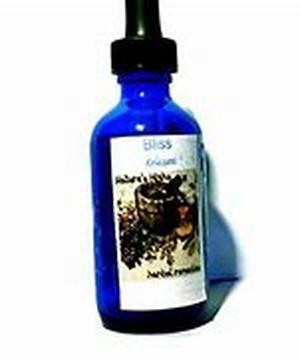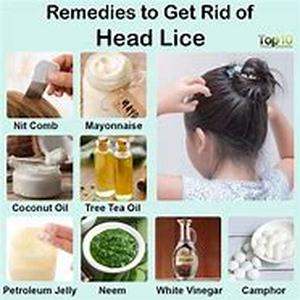
Filled With Various Contaminants, Waste Water Can Be Very Toxic And Harmful To Humans And Animals As Well As The Environment. To Make Them Acceptable Again For Disposal And Re-use In The Environment, It Has To Undergo A Process Called Waste Water Treatment.What Are The Contaminants Found In Waste Water?There Are Many Different Kinds Of Contaminants That Can Be Found In Waste Water. They Range From The Biological (like Parasites And Bacteria) To The Chemical And Other Man-made Pollutants. Waste Water Produced From An Industry That Involves Production Of Iron, For Instance, Contains Products Like Ammonia And Cyanide. Coal Processing In Coking Plants Also Produce Waste Water, Filled With Harmful Pollutants Like Benzene, Cyanide, Ammonia, Anthracene, Naphthalene, Cresols, Phenols, And Other Complex Organic Compounds, Collectively Referred To As Polyaromatic Hydrocarbons (PAH). How Is Waste Water Treated?There Are Various Methods Of Waste Water Treatment Available. Each One Is A Highly Complex Process Or Processes Of Removing The Contaminants In Waste Water, Processing It In Order To Create Waste Water Stream That Is Conducive To Anaerobic Bacteria, Which Would Then Convert It Into Matter, Which Can Then Be Disposed Of For Re-use In The Environment.Here Are The Basic Steps Involved In Waste Water Treatment:Solids RemovalThe First Stage In All Waste Water Treatment Methods Is Solids Removal. This Is When Most Of The Solids Found In Waste Water Are Removed, Leaving Only The Waste Fluids. Removal Of Solids Employs Various Techniques, The Most Common Of Which Is Sedimentation. The Waste Water Is Usually Left Alone Until The Solids (at Least The Larger Ones) Will Have Settled At The Bottom As Slurry Or Sludge. For Finer Solids, E.g. Those That Have Densities Close To One, Are Removed With The Use Of Filtration Or Ultra-filtration Techniques. Another Alternative Technique Used Is Flocculation, Which Is The Process Of Using Alum Salts Or Poly-electrolytes For Solid Removal.Oil And Grease RemovalThe Next Stage Of Waste Water Treatment Is Removal Of Oils And Greases From The Waste Water. This Can Be Done Using Skimming Devices. However, Skimming Only Works For Oils In Open Water Surfaces. For Hydraulic Oils And Majority Of Oil Types, However, May Contain Soluble Or Emulsified Component That Cannot Be Removed By Mere Skimming. To Remove Them, The Addition Of Solvents And Surfactants Are Often Employed.Organics And Acid RemovalThe Final Stage Of Waste Water Treatment Is The Removal Of Softhard Organics And Acids And Alkalis, As Well As Toxic Materials. There Are Various Techniques Involved, With Increasing Complexity. Some Techniques At This Stage Of Waste Water Treatment Include Distillation, Incineration, Vitrification, Adsorption, Landfill Disposal, And Chemical Immobilization.





